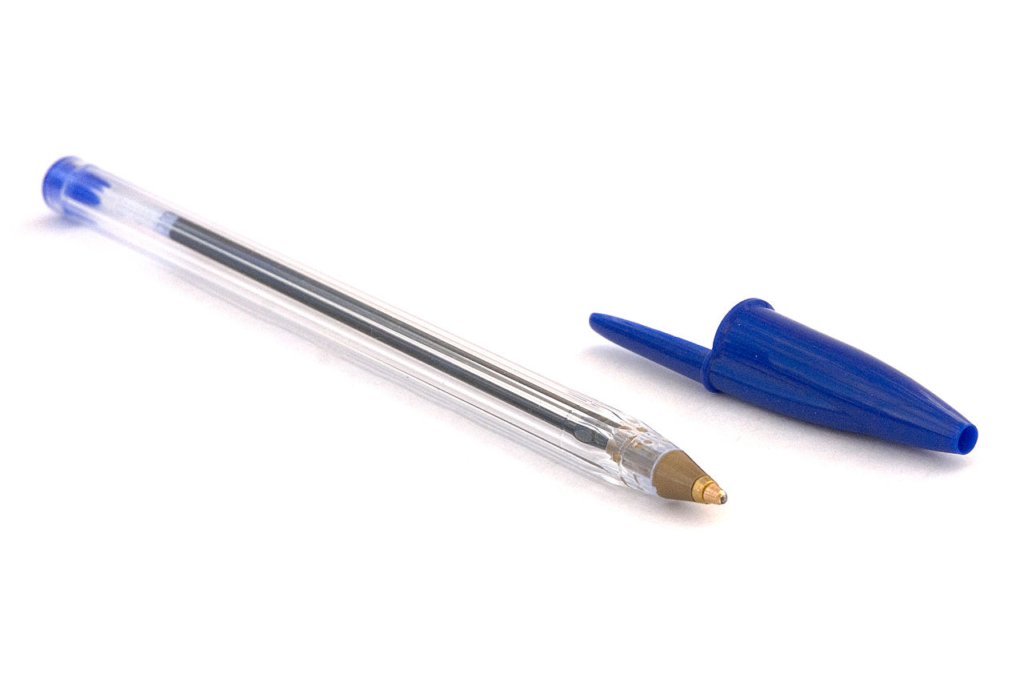On October 30, 1888, John J. Loud a patent attorney and occasional inventor received U.S. Patent No. 392,046 on one of the first ball point pens.
This pen was not a commercial success, but others soon followed. None were very successful until Laszlo Biro’s ball point pen design, which received U.S. Patent No. 2,390,636 in 1945:
Ss influential was Biro’s design, that 79 years later ball point pens are called “Biros” in many parts of the world. In 1945 Milton Reynolds, an American businessman from Chicago, visited Argentina where Biros were being manufactured and bought some of Bíró’s pens. Reynolds returned to the U.S., and changing the design slightly to avoid Biro’s patent, and the “Reynold’s Rocket” went on sale at Gimbels on October 29, 1945. Initial sales were brisque, but ink leaks soon quelled the popularity of the pen.
The next big entrant on the ball point pen market was the Frawley Corporation, whose pen received U.S. Patent No. 2,734,484 on February 14, 1956:
The king of ball point pens, at least in the U.S., was Marcel Louis Michel Antoine Bich, who Bic pens were synonymous with ball point pens in the 1960’s and 1970’s. Bich received two design patents on ball point pen designs U.S. Patent Nos. D2024527 and D218492:
Bich also saw Biro’s pens in Argentina during World War II, and in 1944, licensed Biro’s design. Between 1949 and 1950, Bich’s design team at Société PPA designed the familiar Bic Crystal, which he launched in Europe in in December 1950,and in 1959 brought the pen to the American Market.

IIn September 2006, the Bic Cristal was named the best selling pen in the world after the 100 billionth was sold.



























